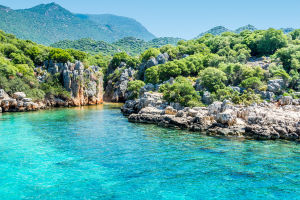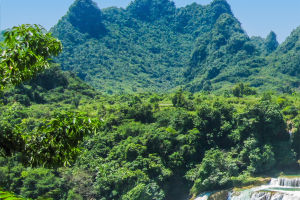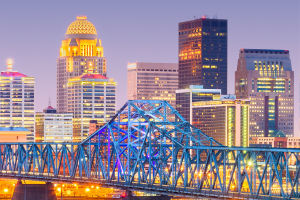Historic Beginnings
The Lighthouse's Origin
The Coquille River Lighthouse, located near the Coquille River in Bullards Beach State Park, Bandon, Oregon, began its operation in 1896.
As the last government light constructed in Oregon, it served dual purposes: guiding maritime traffic into the Coquille River and aiding mariners navigating the sea. Architecturally unique among West Coast lighthouses, its design features an elongated octagonal shape with arched window heads.
Settlers and the Coquille River
By 1850, EuroAmerican settlers had begun arriving in present-day Bandon, where the Coquille River—named after the Coquille Indians—flows into the Pacific. Early settlers faced challenges with the river’s bar, notorious for rocks, shifting sands, and shallow waters, which deterred ships. The schooner Twin Sisters, in 1859, was among the first vessels to navigate these treacherous waters, paving the way for trade along the river.
Efforts to Improve Navigation
Building the Jetty
In 1880, Congress funded a jetty to improve the river's depth to ten feet. By 1889, the bar's depth had increased to just over five feet, and periodic high tides made the river more accessible. Between 1883 and 1885, 166 ships successfully navigated the Coquille, and larger vessels could travel up to forty miles inland.
Securing the Lighthouse
In 1886, Representative Binger Hermann advocated for a lighthouse. Congress allocated $50,000 in 1891, but delays in planning and land acquisition postponed construction until 1895. Work began with leveling Rackliff Rock, and the lighthouse was built using local stone and brick covered in stucco. The keepers’ duplex, a barn, and a walkway across the sand completed the station.
Illuminating the Coast
Lighting the Way
The fourth-order Fresnel lens was first lit by head keeper James F. Barker on February 29, 1896. Its fixed white signal, visible for thirteen miles, and a first-class Daboll fog signal ensured safe passage. Upgrades in 1907 replaced the steam-powered fog signal with an oil-powered compressed air plant.
Life at the Lighthouse
Dear Lykkers, despite its remote location, keepers maintained daily trips to Bandon for supplies, and their children attended school in town. However, the sandy spit posed challenges, with constant winds and shifting dunes. A proposal to move the lighthouse in 1912 was ultimately abandoned due to opposition.
Abandonment and Restoration
End of Service
The U.S. Coast Guard assumed control in 1939 and deemed the lighthouse unnecessary. An automated beacon replaced the original light, and the keepers’ dwelling was dismantled. Head keeper Oscar Langlois, serving since 1921, oversaw the closure.
A New Beginning
Abandoned for 24 years, the site became part of Bullards Beach State Park in 1962. Extensive damage prompted restoration efforts by the U.S. Army Corps of Engineers and the State of Oregon in 1976. The lighthouse reopened to the public in 1979, showcasing its historical significance.
Modern Renovations
Preserving a Legacy
In 1991, a solar light was installed to celebrate Bandon’s centennial. A $600,000 restoration in 2007 addressed storm damage, but debates arose over its color scheme. Research revealed the lighthouse had been tan with a red base between 1902 and 1928, leading to its current design.
The Coquille River Lighthouse remains a cherished landmark, drawing visitors to Bullards Beach State Park and preserving its maritime heritage for future generations.


